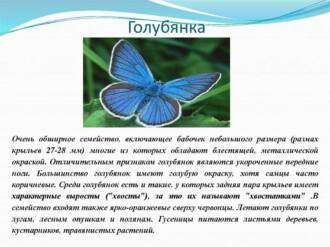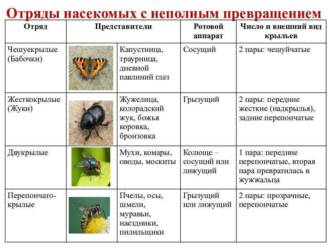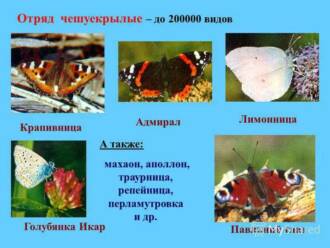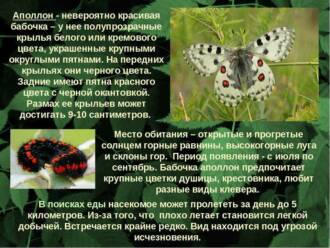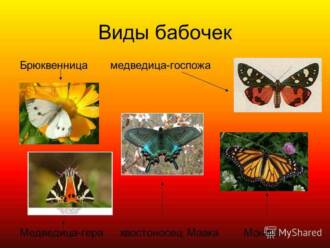
butterflies — are winged insects that attract attention with their colorful wings and elegant flight. They are one of the most diverse and numerous orders of insects, with more than 180,000 known species. Butterflies have unique anatomical features and play an important role in ecosystems, participating in the pollination of plants and serving as food for other animals.
The classification of butterflies is based on a systematic approach that allows their relationships to be established and divided into groups based on their common characteristics. Butterflies are classified based on their anatomical features, including wing shape and size, proboscis structure, and the presence or absence of eye spots.
There are several families of butterflies, each with unique characteristics. Some of the most famous butterfly families include the Pestrushkov, Scoop, Belyanka, Moth and Poleevichkov. Each family has its own characteristics and different species, which may differ in color, wing shape and behavior.
Studying the classification of butterflies is important for scientific research, conservation, and just for the enjoyment of nature lovers. Thanks to the classification, we can better understand the diversity of these beautiful creatures and take measures to conserve them.
Butterfly species: diversity and unique features
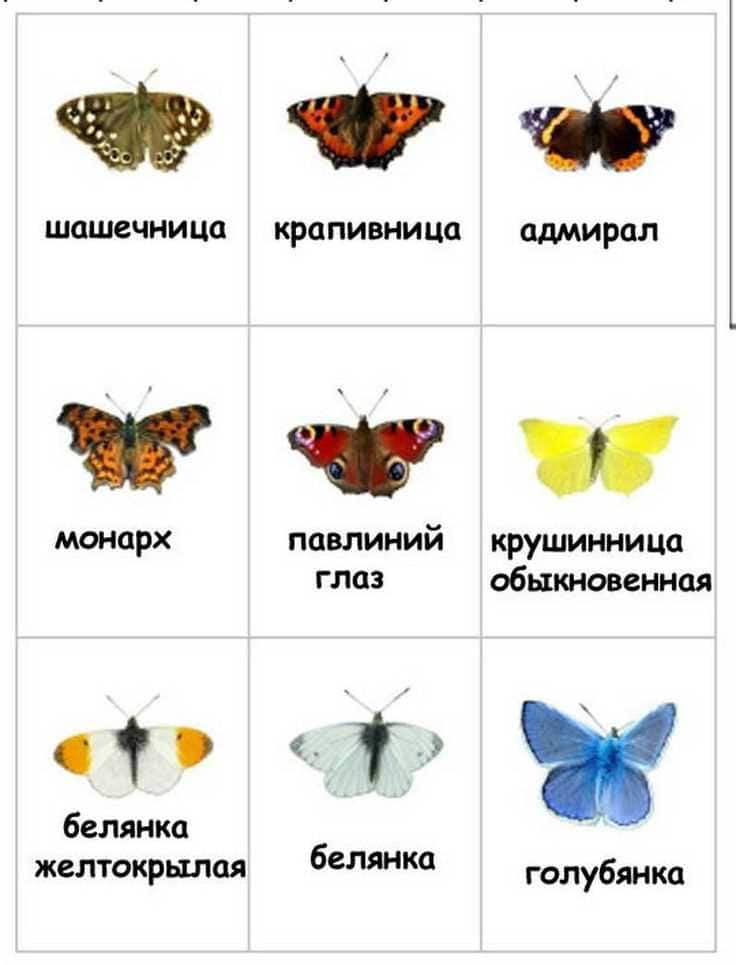
Butterflies are colorful and graceful insects that attract attention with their beauty and graceful flight. There are a huge number of species of butterflies, each of which has its own unique features. Butterflies are classified on the basis of various features such as size, wing shape, coloration, and characteristic features.
Butterflies have their own unique features that make them unique. For example, some species of butterflies have wings with transparent areas that resemble glass. Such butterflies look very gentle and airy. Other types of butterflies have bright colors that serve as a signal to potential predators that they are dangerous or poisonous. There are also butterflies that have a sharp contrast in the coloration of their wings, which allows them to easily hide against the background of vegetation.
There are a lot of types of butterflies, and each of them has its own characteristics. Some butterflies can travel great distances in search of food or breeding grounds. Other butterflies specialize in certain plants and cannot survive without them. In addition, there are butterflies that are active only at night, and those that prefer the daytime.
Butterflies are classified into families, genera and species. Each family of butterflies has its own characteristics and characteristics. For example, the Piedwing family includes butterflies with bright colors and large wings, while the Scoop family has butterflies with delicate and fluffy wings. The classification of butterflies helps scientists to study their diversity and understand their role in the ecosystem.
Butterfly families: their diversity and distribution
The classification of Lepidoptera, or butterflies, includes many families, each of which has its own unique structure and characteristics. Butterfly families are diverse in size, wing shape, and coloration, making them one of the most interesting objects of study for biologists and nature lovers.
One of the largest families of butterflies is the Nymphalidae family. It includes species such as admirals, variegated flies and lilies. They live on all continents, with the exception of Antarctica, and are distinguished by large wings with bright colors. Nymphalids prefer to live in forests and parks where they can find food and breeding grounds.
Another well-known family of butterflies is the Horseshoe Crab family. They include species such as fritillaries, blues, and caterpillars. Horseshoe crabs have a distinctive wing shape with extended "tails" on the trailing edge that serve to entangle predators. They live mainly in tropical and subtropical regions and are one of the most diverse families of butterflies.
It is also worth noting the Belyanki family, which are distinguished by their white or light yellow color. They live mainly in fields and grasslands, where their white color helps them camouflage themselves against the color hues of their surroundings. Whites are known for their long distance migrations, when they fly from one habitat to another in search of food and breeding conditions.
Thus, butterfly families represent an amazing variety of shapes, colors and habitats. Each family has its own characteristics and adaptations, which makes them unique and interesting objects of study within the classification of Lepidoptera.
The main characteristics of butterflies: structure and physiology
Butterflies belong to the class of insects known as Lepidoptera. They are one of the largest and most diverse orders of insects, with over 180,000 known species. Butterflies have a special structure and physiology that allow them to adapt to different environments and lifestyles.
One of the important characteristics of butterflies is their winged structure. Butterfly wings are made up of thin membranes covered with tiny scales. The scales give the wings bright colors and a variety of patterns that help the butterfly camouflage or warn predators of its poisonousness.
The physiology of butterflies is also unique. They go through a complex life cycle, including stages from egg to larva, adult and adult butterfly. Adult butterflies feed on the nectar of flowers, while larvae may feed on plant or animal food. They also have unique organs such as a spiral tongue for sucking nectar and a flagellum at the end of the abdomen for detecting other individuals' pheromones.
The classification of butterflies is based on various features, such as the shape of the wings, coloration, the structure of the antennae and other parts of the body. Butterflies are divided into various families, including diurnal and nocturnal butterflies, as well as macro- and microlepidopter.
Butterflies and their role in the ecosystem
Butterflies are part of the Lepidoptera classification and occupy an important place in the ecosystem. They are one of the most beautiful and diverse creatures of nature, with unique characteristics and functions.
One of the main roles of butterflies in the ecosystem is their participation in pollination of plants. Butterflies, like other insects, carry pollen from one flower to another, facilitating pollination and ensuring the reproduction of many plant species. Without the participation of butterflies, many plants would not be able to reproduce and maintain their populations.
In addition, butterflies are also food for many animals such as birds, frogs, and lizards. They serve as a source of protein and energy for these animals, allowing them to survive and develop. Without butterflies, the ecosystem would have less available food for many animal species, leading to an imbalance in the food chain.
Butterflies also play a role in indicating the state of the environment. They are sensitive to changes in air, water and soil quality and their presence or absence may indicate environmental problems. The study of butterflies and their behavior allows scientists to obtain information about the state of the environment and take measures to preserve and restore it.
Butterflies as an object of study of science

Butterflies are one of the most interesting objects to study in science. Studying these beautiful insects provides scientists with valuable data on biodiversity and ecosystems. One of the important tasks in the study of butterflies is their classification.
Lepidoptera classification allows you to divide butterflies into different families, species and subspecies. This allows scientists to better understand their biological features and interactions with the environment.
Butterflies have unique anatomical features, such as a pair of scaled wings that give them their distinctive appearance and color. Each family of butterflies has its own characteristics and features that distinguish them from other families. For example, the Pestrianidae family (Nymphalidae) is distinguished by bright colors on its wings and the ability to imitate other insects or plants to protect itself from predators.
Studying butterflies allows scientists not only to learn more about their diversity and behavior, but also to analyze changes in their populations and distribution. This is important for understanding the environmental changes that occur in nature and are associated with climate change and the impact of human activities.
Butterflies in culture and art
Butterflies classification by species, families and main characteristics is a topic that not only interests scientists and science lovers, but is also reflected in culture and art. Butterflies, with their colorful wings and graceful flight, have become an inspiration for many artists, poets and designers.
In art, butterflies symbolize lightness, beauty and transformation. They are often depicted in pictures, drawings and engravings, adding a touch of aesthetics and mysticism to them. Butterflies are also a favorite motif for jewelry and accessories. Butterfly embellished rings, earrings, bracelets and scarves add femininity and sophistication to your look.
In the culture of different nations, butterflies have their own special meanings. For example, in Japan, a butterfly is associated with the soul of a deceased person and symbolizes his transformation. In Mexican culture, butterflies are associated with the Day of the Dead and are seen as messengers of departed souls. In European culture, the butterfly is associated with lightness and changeability, personifying the brevity of life and its beauty.
Butterflies also find their place in literature and poetry. They become symbols of metamorphosis, transformation and freedom. Butterflies classification by species and families, studies of their behavior and biology - all this inspires writers and poets to create works about nature, life and human values.
Butterflies and their importance to humans

Butterflies are one of the most beautiful and amazing creatures of nature. They attract attention with their bright colors and graceful flights. But besides their aesthetic value, butterflies also have practical significance for humans.
First, butterflies are important plant pollinators. They carry pollen from one flower to another, facilitating the pollination process. Thanks to this, plants are able to multiply and form fruits and seeds. Without the participation of butterflies, many plants would not be able to reproduce and survive.
Secondly, butterflies are important components of the ecosystem. They are a food source for many animals such as birds, frogs and insectivorous mammals. Without butterflies, these animals would not be able to get the necessary nutrients to survive.
In addition, butterflies can serve as a source of inspiration and beauty for a person. Their unique patterns and colors are often used in art and design. Butterflies are the object of study for scientists and naturalists, helping to expand our knowledge of nature and the development of understanding about biological diversity.
In general, butterflies play an important role in nature and are of great importance to humans. They are an integral part of the ecosystem and contribute to its balance. In addition, butterflies bring beauty, inspiration and wonder to people with their unique shapes and colors.
Threats and Butterfly Conservation: Problems and Possible Solutions

Butterflies are one of the most beautiful and amazing creatures of nature. They play an important role in ecosystems, participating in the pollination of plants and being food for other animals. However, the classification of Lepidoptera is subject to various threats that must be overcome in order to maintain their diversity.
Destruction and alteration of habitats
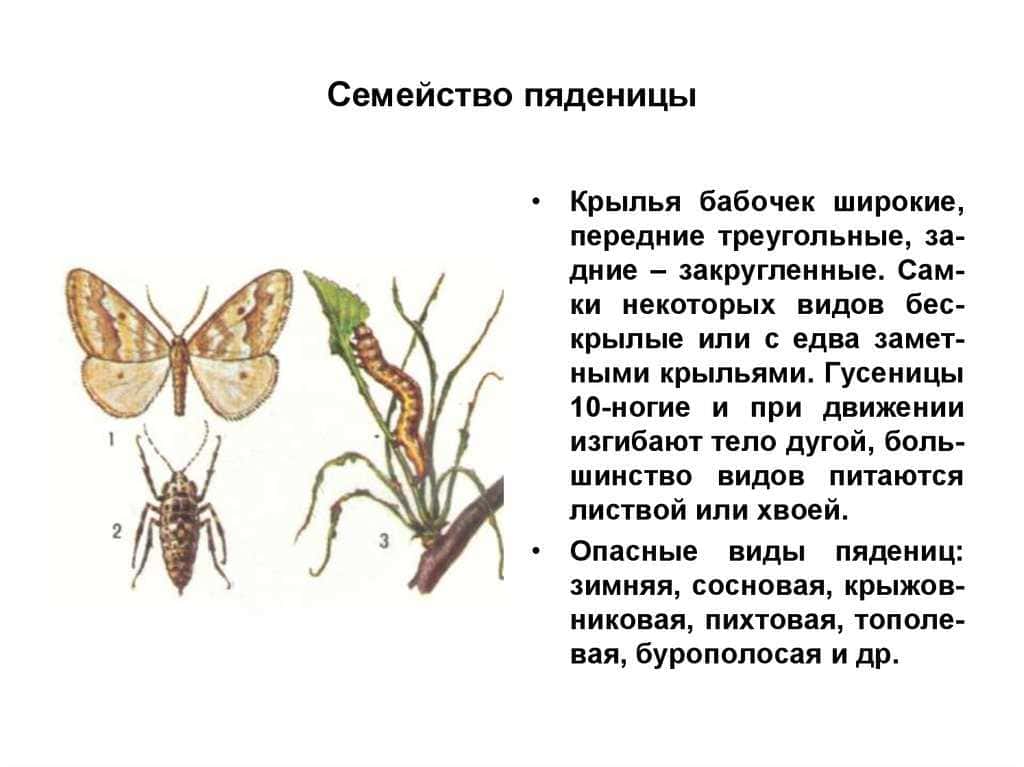
One of the main problems facing butterflies is the destruction and alteration of their habitats. The expansion of agricultural land, deforestation and development of territories lead to the loss of natural habitats for many species. This leads to their reduction and decrease in population.
Use of pesticides
The use of pesticides in agriculture also has a negative impact on butterflies. They can get on the plants that are their food source and become poisoned. This can lead to population decline and even extinction of some species. Safer pest management practices need to be developed and applied to minimize negative impacts on butterflies.
Protection and possible solutions
To save butterflies, it is necessary to take a number of measures to protect their habitats. It is important to create nature reserves and natural parks where deforestation and development of territories will be prohibited. In addition, the use of pesticides should be limited and farmers should be encouraged to adopt more environmentally friendly farming practices.
It is also important to conduct educational programs and inform the public about the importance of butterflies and the need for their protection. Interested persons can take part in the research and monitoring of the butterfly population, as well as contribute to the development of programs for breeding and restoring their numbers.
Modern Butterfly Research: New Discoveries and Perspectives

Butterflies are amazing creatures that attract attention with their beauty and diversity. They are the object of study for many scientists and naturalists. However, despite ongoing research, the classification of butterflies is still an open and current topic.
Modern research on butterflies makes it possible to learn not only about the diversity of their species, but also about their role in ecosystems. Scientists study the interaction of butterflies with other organisms, their migration routes, and the impact of climate change on their populations.
New discoveries in the classification of butterflies help clarify their relationship and evolutionary history. Modern methods of molecular biology make it possible to establish genetic relationships between species and clarify their systematic position in the taxon hierarchy.
Future prospects for butterfly research include the use of new technologies such as DNA barcoding, which can quickly and accurately identify a species of butterfly from its genetic code. This is very useful for assessing biodiversity and solving problems in the field of nature conservation and ecology.
Thus, modern butterfly research continues to expand our knowledge of this amazing world of insects. New discoveries and perspectives in classification allow a better understanding and appreciation of the role of butterflies in natural ecosystems and take measures for their conservation.

